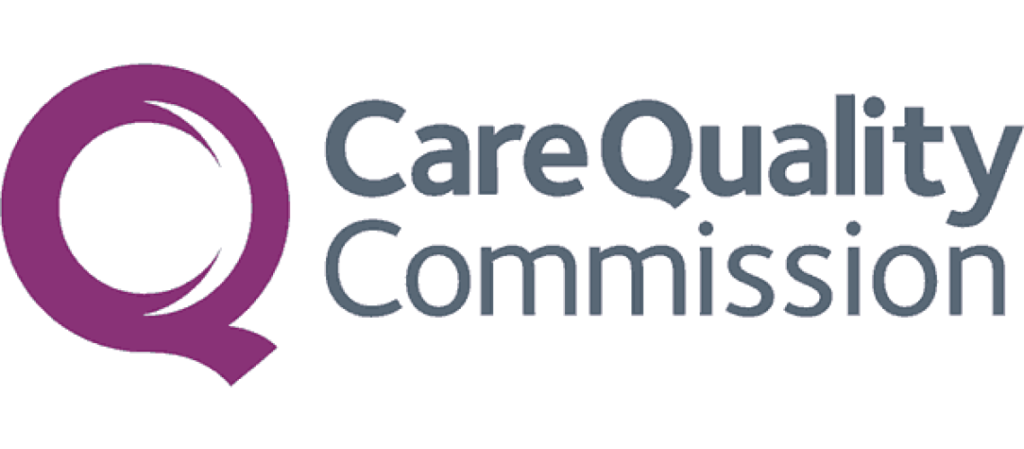Chondromalacia
At a glance
About
Cartilage softening on the underside of the patella
Effective
Referrals
Not Needed
Booking
Instant-book option available
Cost
-
Lincolnshire £ 9,800
Nature of Chondromalacia
Chondromalacia, also known as patellofemoral pain syndrome, involves the softening or breakdown of the cartilage on the underside of the kneecap. This cartilage normally allows smooth movement of the patella within the femoral groove. When it wears down or becomes irritated, patients experience pain at the front of the knee, especially when bending, kneeling, or climbing stairs.
Common causes of Chondromalacia
Chondromalacia typically develops from repeated stress or improper tracking of the kneecap, including:
Overuse injuries: Activities like running, squatting, or stair climbing can strain the cartilage beneath the kneecap.
Muscle imbalance: Weak thigh or hip muscles can affect kneecap alignment, increasing joint pressure.
Kneecap misalignment: If the patella doesn’t track correctly in the groove, it can wear down the cartilage.
Previous trauma: Direct injuries to the kneecap can lead to softening or damage of the underlying cartilage.
Structural factors: Flat feet or high Q-angle alignment can place uneven force on the knee joint.
Diagnosis for Chondromalacia
Diagnosis starts with a physical exam to assess pain location, kneecap movement, and joint function. Patients often report a dull ache at the front of the knee, worsened by activity or prolonged sitting. Clinicians may perform patellar tracking tests and use imaging such as X-rays or MRI scans to rule out other causes and confirm cartilage wear. Once diagnosed, treatment options can range from physiotherapy to reduce pressure on the patella to minimally invasive procedures for more advanced cases.
Suitable for
Runner’s knee
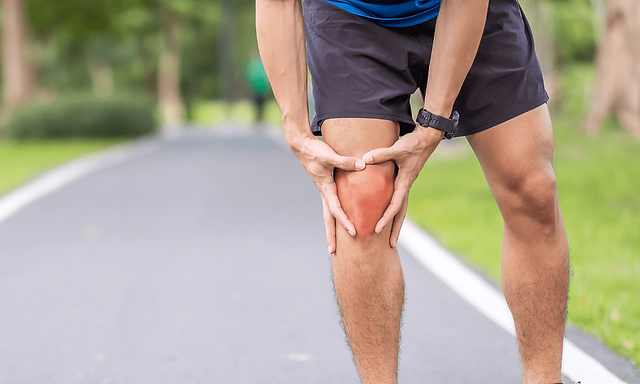
Osteoarthritis
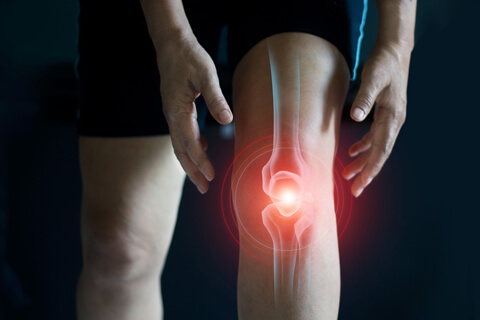
Treatment overview
Chondromalacia occurs when the patella, in the kneecap, softens. It’s common in athletes who do high-impact sports, or those who have arthritis in their knees.
Chondromalacia can develop gradually. The cartilage on the underside of the knee starts to wear away, causing grinding and rubbing in the knee cap. This often results in inflammation and pain. Chondromalacia can also develop as a result of a traumatic injury, such as a knee fracture.
Symptoms often include a dull, aching pain in the front of the knee, as well as crunching, pain and stiffness. The pain is often worse when squatting, kneeling, sitting for extended periods, and when climbing stairs.
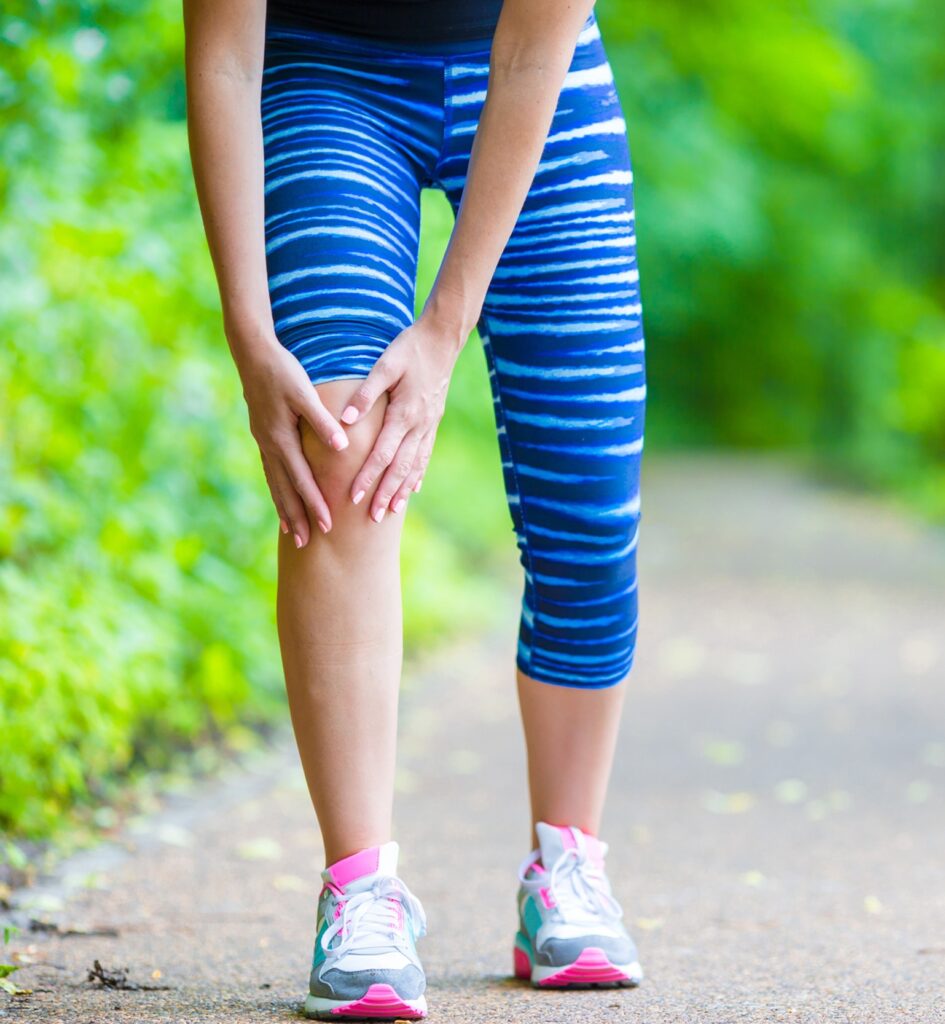
Benefits

Relieve Knee Pain

Improve Mobility

Protect Cartilage

Avoid Major Surgery

Support Long-Term Joint Health
How to Pay
We offer a range of flexible payment options to make your treatment experience smooth and stress-free.
Paying for Yourself (Preferred Option)
Most patients choose to self-fund their treatment. We accept:
- Bank Transfers
- Credit/Debit Cards
- Cash (in person only)
Instalment Plans
We’ve partnered with GoCardless to offer interest-free instalment options. You can easily set up a Direct Debit to spread the cost of your treatment over time.
Finance Options
Looking for a financing plan? You can apply through Kandoo, our trusted finance partner.
- Instant online decision
- No impact on your credit score
- Multiple lenders for competitive rates
Private Medical Insurance (Limited Availability)
We work with a small number of approved insurance providers. However, due to restrictions from many insurers, not all treatments are covered. Please check with your insurer and speak to our team before booking to avoid disappointment.
The booking process
Online booking/call
Use our Calendly to book an initial consultation, or give us a call.
01
Consult
Our doctors might request you arrange a scan before your initial consultation. Or, they’ll chat with you (face to face or online) and recommend a scan after your initial consultation, if they think you need one.
02
Treatment
Once your scan results have been reviewed, and your doctor has explained your options, you will be booked in for treatment.
03
Rehab
Following your treatment, your doctor will give you rehab recommendations.
04
Follow up
You will be booked in for a follow-up consultation, so your doctor can check your progress. You might need further rehab after this consultation.
05
Discharge
Once your doctor is happy with your recovery, you will be discharged. After discharge, we are always here for further questions or support, should you need it.
06
Frequently Asked Questions
What are the symptoms of Chondromalacia?
- Dull, aching pain in the front of the knee
- Pain that worsens after high-impact exercise, such as running
- Pain that’s worse when using stairs or when sitting down for long periods
- Grinding or cracking feelings when bending or extending the knee
Will Chondromalacia heal on its own?
No, unfortunately, the condition does not usually heal on its own. However, you might be able to manage the pain conservatively, for example, with rest and physical therapy. If your pain is not responding to these approaches, you should speak about an alternative treatment plan with your doctor.
Schedule A Discovery Call With Us
Don’t wait to find relief. Whether it’s a consultation, scan, or treatment, we’re ready to help.


